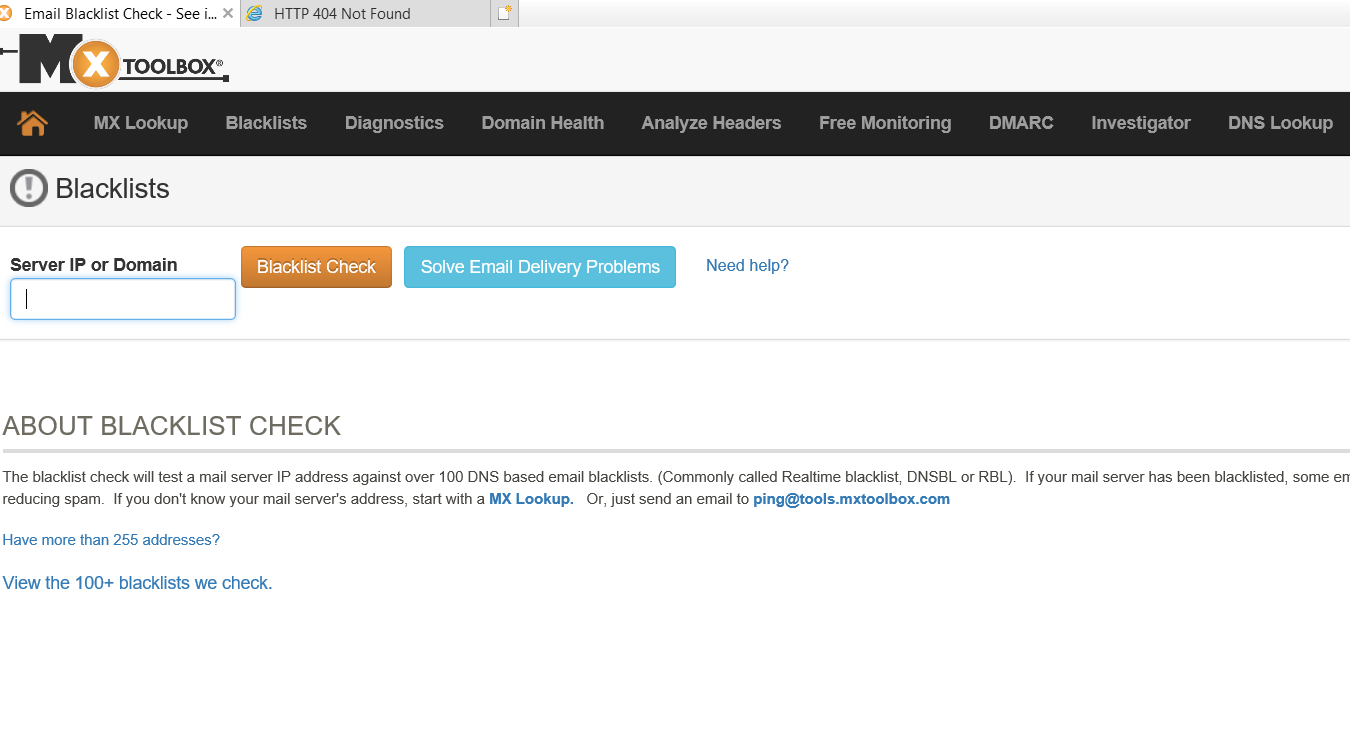Getting an email to an inbox is not always easy. Many factors determine whether an email is delivered, blocked, or even filtered into a subfolder. In this post, I’ll explore four key factors that determine email deliverability.
IP Addresses
The Internet Protocol address is a numerical identifier of the sender’s server. All devices connected to a computer network have an IP address. (Thus every email is sent from an IP address.)
An IP address reflects the reputation of the sender, which is based on several factors.
- Send volume. The number of emails sent.
- Send frequency. The number of campaigns that are deployed per week or month.
- User interaction. Individuals who open and click — and complain or unsubscribe.
- Quality. Percentages of bounces or undeliverable emails.
IP reputation impacts how an Internet service provider will treat an email. You can easily check the IP reputation on free services such as Sender Score from Return Path, the email deliverability service.
Most companies utilize an email service provider to send marketing emails. ESPs use one of two types of IP addresses:
- Shared IP. More than one company or brand is sending emails from the same IP address.
- Dedicated IP. The company or brand has its own unique IP address. It is not shared with other companies.
There are reasons for having either a shared or dedicated IP. Smaller companies that send a relatively limited amount of email can benefit from the pooling volume (with other senders) of a shared IP. ISPs gauge the volume of email an IP is sending as a factor in determining reputation. Too little volume will not register. For low-volume senders, a shared IP is almost a necessity. Also, it allows smaller senders to benefit from the positive engagement of bigger companies with established email programs.
Dedicated IPs are for large brands who send a lot of email. Dedicated IPs allow those brands to control their own IP reputation without worrying about other senders. A dedicated IP should be “warmed up” — slowly increasing frequency and reputation — so that ISPs will accept email from that address. This is a systematic process and takes a bit of finesse and time before sending to the entire file at frequent intervals.
Domains
Similar to the IP address, the sending domain carries a reputation that affects deliverability. Some brands choose a variation of their domain for the originating address. It is a good idea to have different domains for marketing emails versus transactional, such as an order confirmation or shipment notification. If promotional emails receive many complaints or the sending domain becomes compromised, transactional emails would not be affected if they are from a different domain.
Periodically run both your sending domains and your IP address through a blacklist checker, such as MX Toolbox, to make sure that they are not flagged for spam or other complaints that would lead to blacklisting.

Run your sending domains and IP address through a blacklist checker, such as MX Toolbox.
Behavior of Recipients
ISPs use deliverability algorithms that evaluate the actions of recipients. If an individual repeatedly deletes your email without opening, that may cause an ISP to filter emails into a subfolder. Excessive complaints and unsubscribes could cause that ISP from accepting any mail from your company.
Thus, use strategies that encourage opens and clicks.
- Use engaging and relevant subject lines.
- Adjust frequency as requested by each subscriber.
- Delete unengaged subscribers.
- Ensure subject and from lines are not misleading.
Subject Lines and Content
Email subject lines and body content can trip spam filters and thus impact deliverability.
- Content should be a mix of images and text. Always include the sender’s physical mailing address, and a clear unsubscribe link.
- Do not use excessive capitalization or punctuation.
- Use clean HTML code, properly formatted.
- When in doubt, use a spam check. Most ESPs have a spam check, to check your message for red flags.